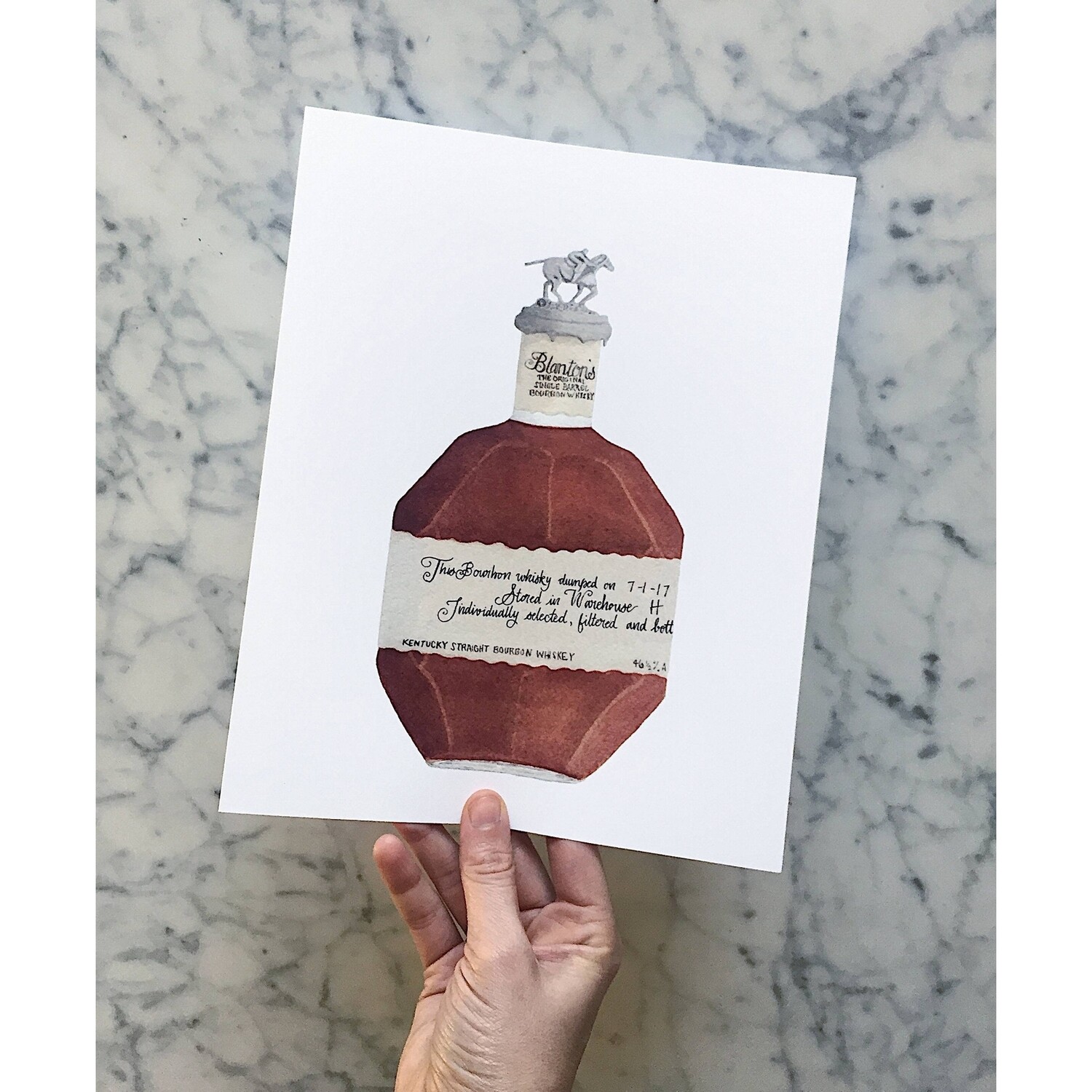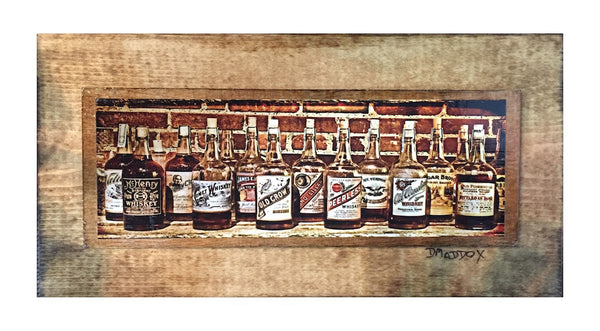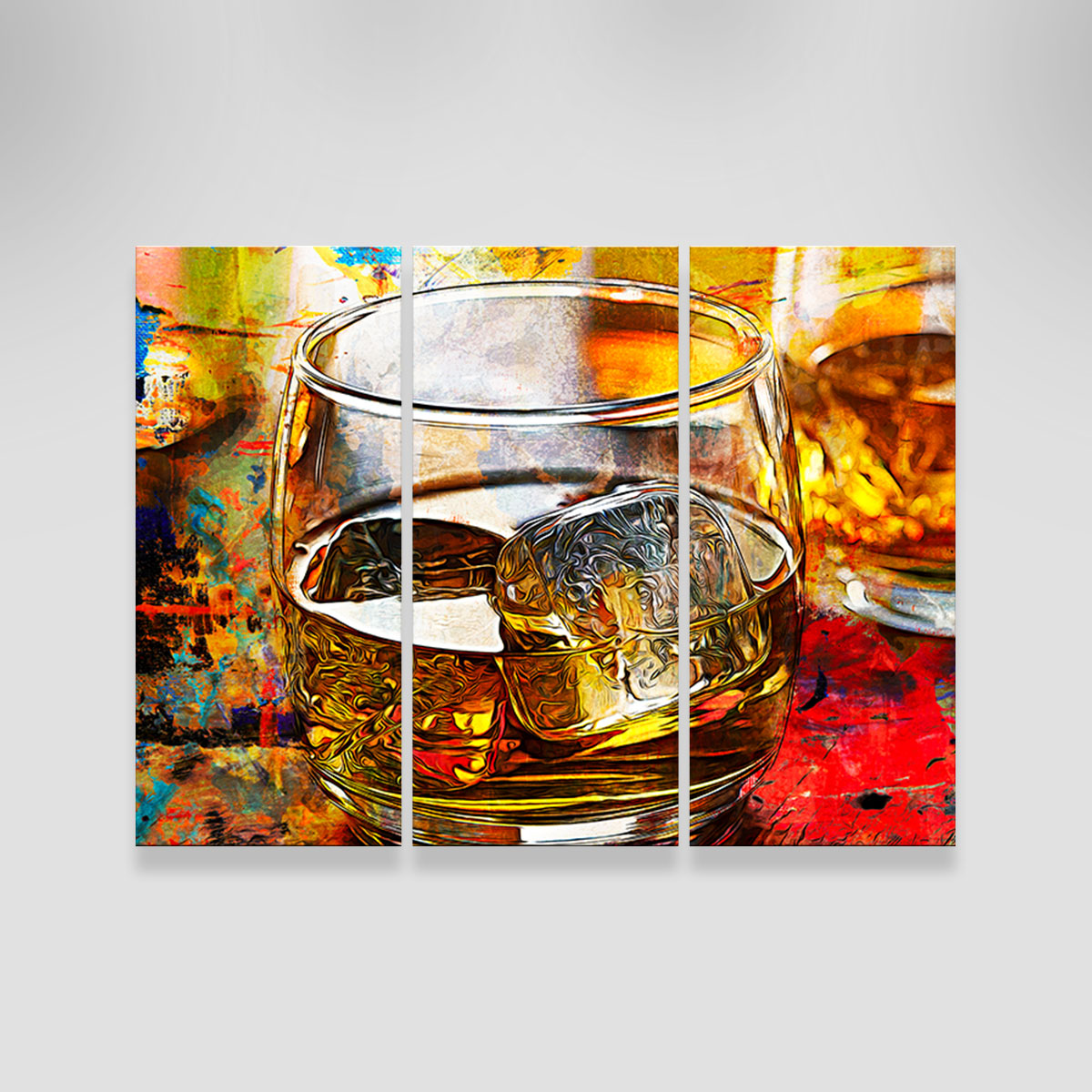The Importance of Whiskey Art in Celebrating Heritage and Workmanship in the Beverage Industry
The intricate partnership between bourbon art and the event of heritage and craftsmanship within the drink industry can not be overemphasized. Via thoughtfully developed labels and containers, whiskey brand names encapsulate their historical origins and the artisanal skills that specify their production approaches.
The Historical Origins of Whiskey
At the heart of scotch's attraction lies an abundant tapestry of historical origins that map back to old worlds. The beginnings of whiskey can be linked to the purification practices of the Sumerians and Babylonians around 2000 BCE, where very early forms of fermented grain beverages started to emerge. Nonetheless, it was in the Center Ages that the art of purification evolved significantly, particularly in Ireland and Scotland, resulting in the creation of scotch as we recognize it today.
The term "scotch" itself originates from the Gaelic word "uisce beatha," indicating "water of life." This phrase emphasizes the cultural significance of scotch in Celtic cultures, where it was usually associated with routines, events, and public bonding. By the 15th century, distillation became an identified craft within monastic areas, leading the way for the establishment of legal distilleries.
As trade paths increased, bourbon's appeal grew, transcending local limits and capturing the passion of lovers worldwide. Whiskey Art. This historical trip mirrors not just the workmanship behind scotch production yet additionally its indispensable duty in social and cultural contexts, noting it as a substantial beverage throughout history
Artistic Expression in Branding
Bourbon branding stands as an engaging junction of artistry and business, where visual identification plays an essential function fit consumer assumption. The appearances of whiskey labels, product packaging, and marketing materials reflect not only the brand's tale however likewise its core values and heritage. With imaginative expression, distilleries convey a story that reverberates with consumers, evoking emotions and sparking connections.
The use of shade, typography, and imagery in branding offers to set apart items in a saturated market. For instance, typical motifs may evoke a feeling of authenticity and craftsmanship, while modern-day designs can indicate advancement and forward-thinking. This critical creative instructions boosts brand acknowledgment and commitment, enabling consumers to build an individual partnership with the bourbon they pick.
In addition, creative expression in branding often works as a celebration of regional heritage. Distilleries regularly incorporate regional symbols or historical references into their layouts, producing a feeling of place that invites customers to engage in a broader social experience. Ultimately, the artistry behind scotch branding not just improves aesthetic allure yet also enhances the overall story of the brand name, promoting a much deeper admiration for the craftsmanship and heritage ingrained in each container.
Craftsmanship in Bottle Design
The artistry apparent in bourbon branding expands past aesthetic identification to include the craftsmanship included in bottle style. Each bottle acts as a vessel not simply for the spirit within, but also for the tale it tells regarding its top quality, tradition, and origin. The style process calls for careful interest to detail, as components such as closure, material, and form add significantly to the overall understanding of the bourbon.
Workmanship in bottle style includes picking top quality glass that can improve the bourbon's shade and clearness, while also offering a tactile experience for the customer. The silhouette of the container must be both cosmetically appealing and functional, typically mirroring the heritage of the brand. Numerous distilleries go with one-of-a-kind forms or printed logo designs that evoke a sense of credibility and history.
In addition, the tag layout and typography play a crucial role in communicating the brand name's story. Bourbon Art. A well-crafted bottle not just mesmerizes the consumer's eye yet also reinforces the brand's dedication to top quality and custom. By doing this, the craftsmanship of bottle design ends up being a crucial element of the bourbon experience, merging virtuosity with a profound respect for heritage
Cultural Relevance of Scotch Art
Commemorating tradition and craftsmanship, the cultural value of whiskey art goes beyond plain appearances, intertwining with the social and historical narratives of the regions where it comes from. Each container functions as a canvas, illustrating the unique stories, folklore, and traditions that have actually shaped neighborhood whiskey-making techniques. The detailed designs typically reflect the heritage of the distillers, incorporating signs and concepts that resonate with the society and values of their communities.

On top of that, bourbon art plays a crucial duty in public celebrations and celebrations, acting as a tangible web link in between individuals and their shared experiences. By appreciating the creativity in bourbon packaging, consumers cultivate a much deeper understanding and respect for the craft, ultimately enriching their enjoyment of the drink itself.
Modern Trends in Scotch Discussion
In the last few years, the presentation of bourbon has evolved to mirror modern preferences and patterns while still recognizing traditional craftsmanship - Bourbon Art. Distilleries are increasingly concentrating on aesthetic elements that boost the overall alcohol consumption experience, connecting the space between heritage and modernity
Ingenious bottle layouts have actually arised, usually including sustainable products and artistic tags that inform engaging stories. Numerous Recommended Site brands currently collaborate with neighborhood artists, instilling their items with special aesthetic expressions that reverberate with customers. Furthermore, limited-edition releases are commonly packaged in collectible containers, adding worth and charm for connoisseurs.

Conclusion
In verdict, bourbon art offers as a crucial conduit for sharing the heritage and craftsmanship inherent in the beverage industry. Via elaborate branding, cutting-edge container designs, and culturally considerable imaginative elements, scotch brands successfully honor their customs and link with customers.


Workmanship in container special info style involves selecting top notch glass that can enhance the bourbon's shade and clarity, while likewise offering a responsive experience for the consumer. In this method, the craftsmanship of bottle design comes to be an important aspect of the whiskey experience, combining artistry with an extensive regard for heritage.
In verdict, scotch art offers as an essential avenue for expressing the heritage and workmanship fundamental in the drink industry.